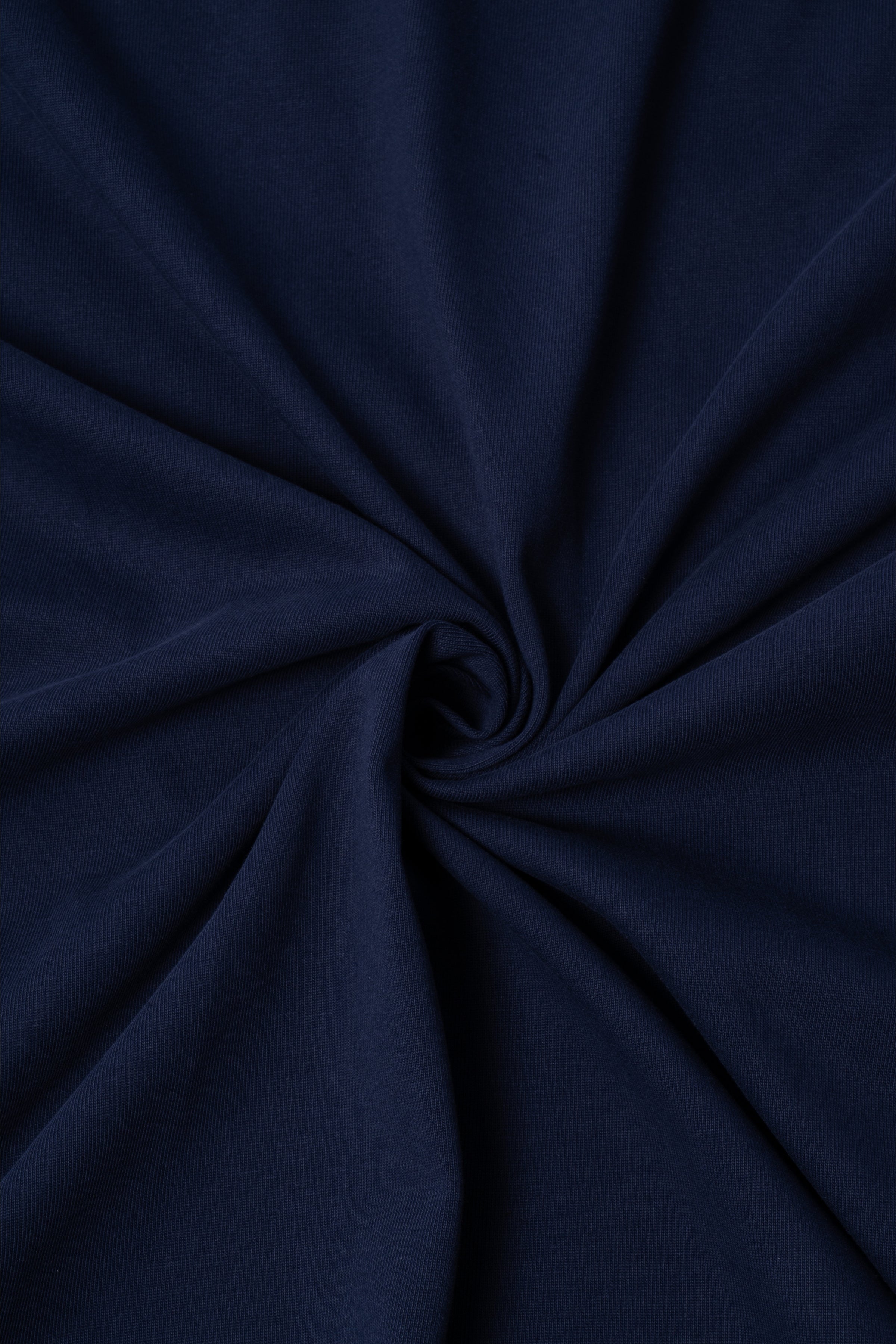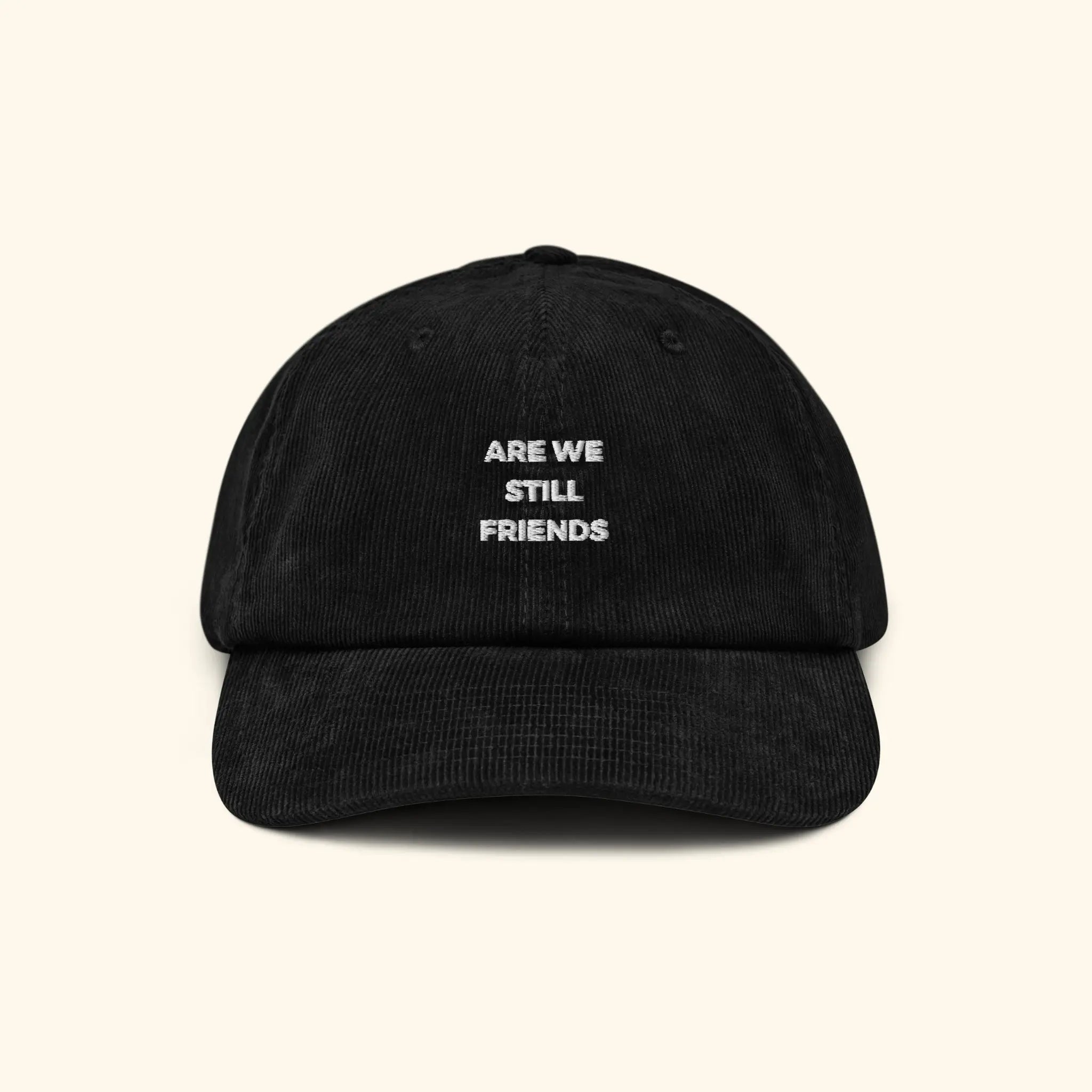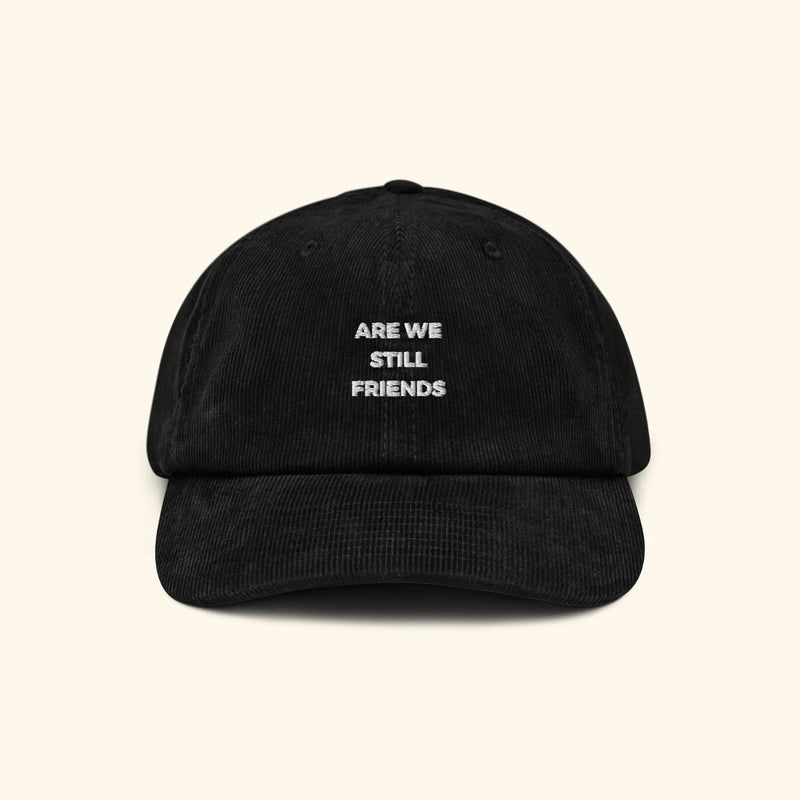LikeLewis.
Artist Interview For "STATES".

001. Who are you and how would you describe your artistic style?
My name is LikeLewis, I'm an artist from Cape Town, South Africa, currently living in London. I've been making art for well over 20 years now and my approach to art-making has changed quite dramatically over that time. Right now, I make digital art as part of a network instead of on my own in a studio. My source of inspiration for these projects comes from mainly my Twitter timeline of subjects that people are talking about or things in the media or the news that are relevant on the day. Then, using whatever medium or skill that I have and that I feel is best appropriate to capture or create something that makes a statement about those specific subjects on the day or in the week. That's how I'm currently working.
002. Why did you choose to collaborate with Portraits de Famille on a capsule?
The thing with digital art is that there's only really one way to consume it and that's looking at it or watching it on a screen. I've always been interested in ways to draw more people to what I'm making and get more eyeballs on the things that I produce. One way to do that is to create merchandise. So, when Portraits de Famille came along with this opportunity to create some new designs and have them appear on really high-quality garments, it was a no-brainer for me.
003. What was the inspiration behind the "STATES" capsule and its designs?
Well, after making art as part of a network for a while, I discovered this concept of network states and I was really drawn to it. I thought it would be really cool to treat these invisible spaces as if they were real countries and think about them like countries or places as well as their identities, like what would a network states' identity look like if it had a flag and how could those designs capture some of the elements that go into network states.
004. How does making art as part of a network really work?
The great thing about making art as part of a network is that you don't start from zero, because there are already people there and as soon as you start contributing you get feedback, you get to see what other people are working on, you get to take their work and remix it, compose it and build on top of it. This all helps with confidence, it helps to create rhythm in your output and it's just fun doing things with other people. So, those are some of the reasons why I really like making work as part of a network as opposed to alone in a studio.
The other thing I really think is valuable is the fact that in permission as sort of network art making, it's not only the final product that people get to see, but all of the process that led to it. This process is then ultimately connected to the final art, meaning the final artwork can, in a way, be more valuable because it has a very real history or proof of work that led do it, which is incredibly difficult to do in the traditional art world.
005. What do you think the future of art and fashion will look like?
Well, I'm not sure about the future of art in general, but one thing's for sure is that we're going to be seeing a lot more digital art and art that focusses on concepts that already only are able to be explored through digital creation.
006. Who are the artists that have inspired you the most?
My favorite artists are Twombly, Hockney, Richter, Jean-Michel Basquiat, George Condo, Goya, 10Foot, Banksy, Jack Butcher—there's too many.
007. What's the most unexpected source of inspiration you've ever had?
Well, as a traditional artist making paintings, I never really thought that I would cross over into making digital art. So, when I discovered NFTs in 2021, that for me was probably the biggest surprise in terms of source of inspiration. Not necessarily individual artists or even projects, but just seeing art being produced, purchased, sold and distributed in such a different model to the one that I was currently operating. It just blew my mind.
008. What's a creative risk you took that changed your work forever?
The biggest creative risk I've ever taken is probably just deciding to dedicate the majority of my time and brainpower to creative thinking and creative observation. This can take a toll on other aspects of your life and it hasn't always been easy, but even from really really young age I was always encouraged to kind of continue this way of thinking, way of interacting and way of seeing the world. It has definitely paid off, I feel incredibly privileged to enjoy my life, I have a lot of fun and I find it quite easy to block out a lot of the noise and just focus on participating in the areas that bring me the most joy.
009. Where do you get your confidence from as an artist?
I think it's a mix of creating a lot of work over time and putting a lot of work out in the world. You don't become immune to reactions or lack of reactions, but you just kind of get used to it and you stop thinking about it when you're making work. You don't really think too much about how people are going to perceive it or what they're going to think. You become comfortable that the stuff that you put out there doesn't necessarily define or reflect you as a human, it just takes time.
The other thing is working in advertising. I've spent almost 20 years in agencies and as a creative in an ad agency, for those you've done that, you will know that you become incredibly resilient to rejection. Your job is to come up with hundreds of creative ideas and most of them literally get shot down minutes after coming up with them. That's the job. Often the best ones are the ones that get killed first and the crappiest ones are the ones that actually happen, but you become very very used to what we call rejection to the point where it's not a negative thing anymore, it's actually great, because finally you're getting closer to the thing that you actually need to do and you can just finish it and move to the next one.
So, I think there's a mix there of these two components of getting used to rejection and a long history of putting things out into the world.













































